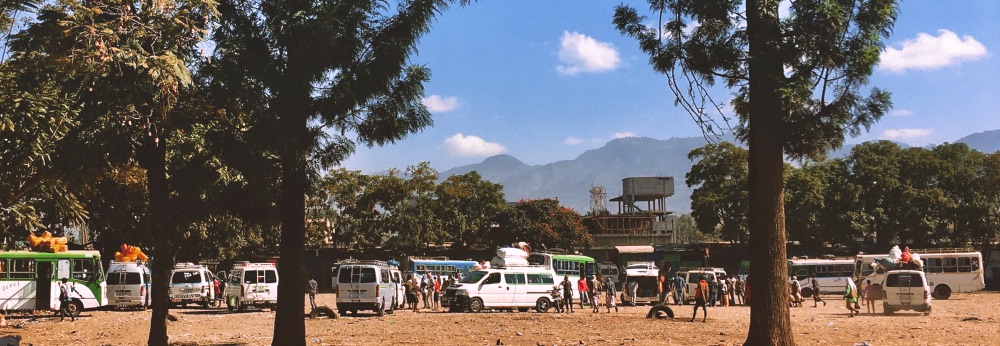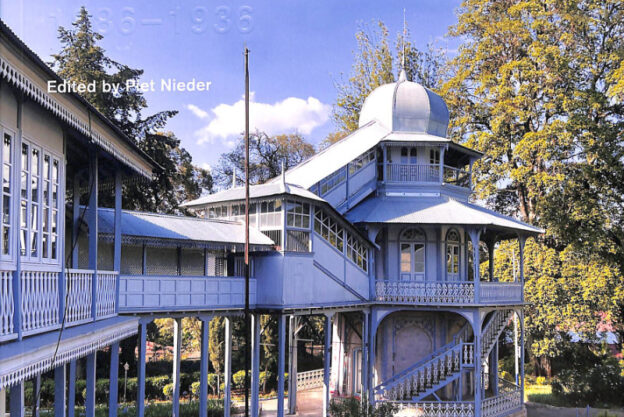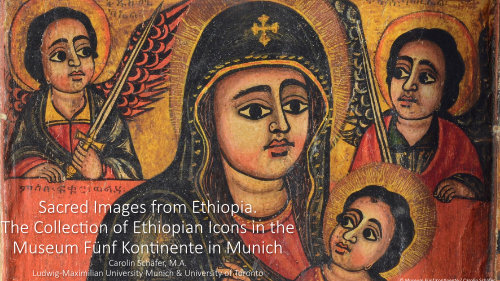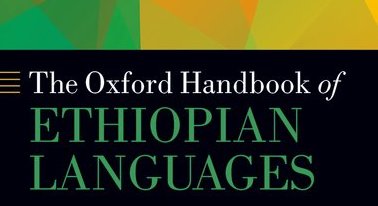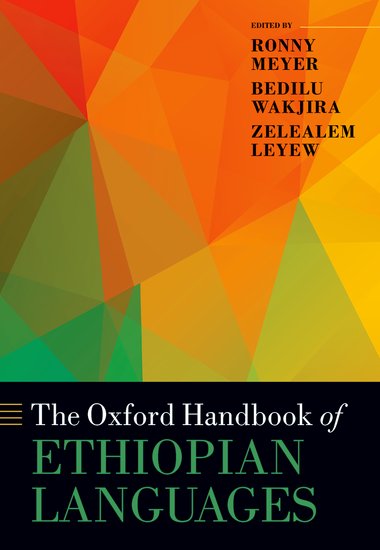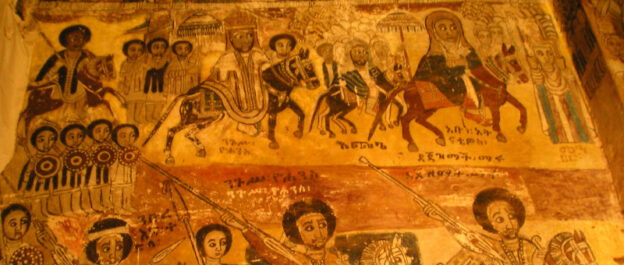Piet Nieder
11. July 2024,18:00 CET
In its early decades, the Ethiopian capital, founded in 1886, witnessed a very specific form of architecture. At the beginning of the East African country’s first urbanisation process, a mixture of vernacular knowledge and a new cosmopolitan mindset led to an architectural type that local professionals refer to as the ‘Addis Ababa Style’: Pavilion-like buildings of different sizes, made of stone, earth, and wood, characterised by expressive pinched roofs, generous verandas with curtain walls, and a high degree of detailing. Today, those graceful, appropriate, and nature-based buildings are under threat of being swallowed up due to shortsighted economic – or political? – interests.
In cooperation with the Institute for Architecture in Addis Ababa (EiABC), architects of Berlin’s Technical University studied this typology with regard to its embeddedness in local resources, climatic conditions, and craftsmanship. As such, they employed the ‘Addis Ababa House’ as a case study to discuss the possibility of a non-industrial building type that reflects the desire for a cosmopolitan urban life.
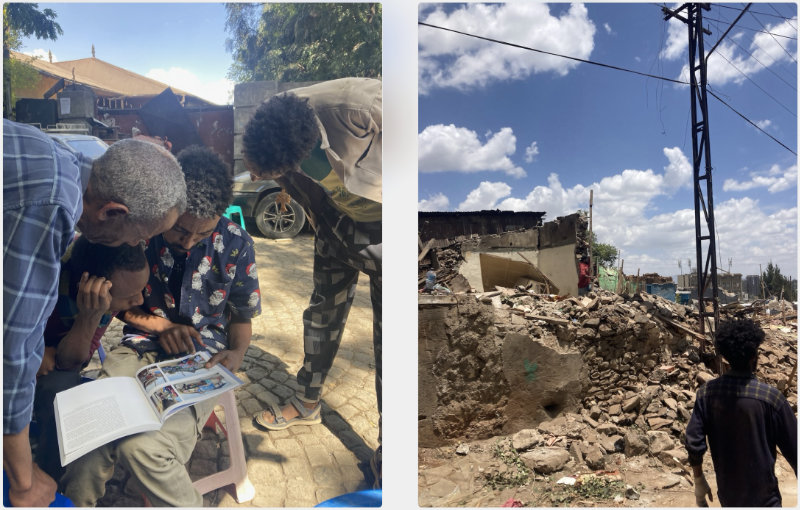
The two pictures were taken on the same day in Piassa. Left: Locals leaf through the new book „The House of Addis Ababa“. Right: Piassa residents are forced to demolish their inherited homes within a few days.
Registration by email.
Piet Nieder is a practicing architect and researcher at Technical University Berlin. His doctoral thesis looks at the potential of traditional building techniques for architectural solutions in transforming urban territories in Ethiopia. He holds a Master of Science in Architecture from ETH Zurich. Between 2012–2013, he taught architectural design at the Ethiopian Institute for Architecture, Building Construction and City Development (EiABC) of Addis Ababa University.
